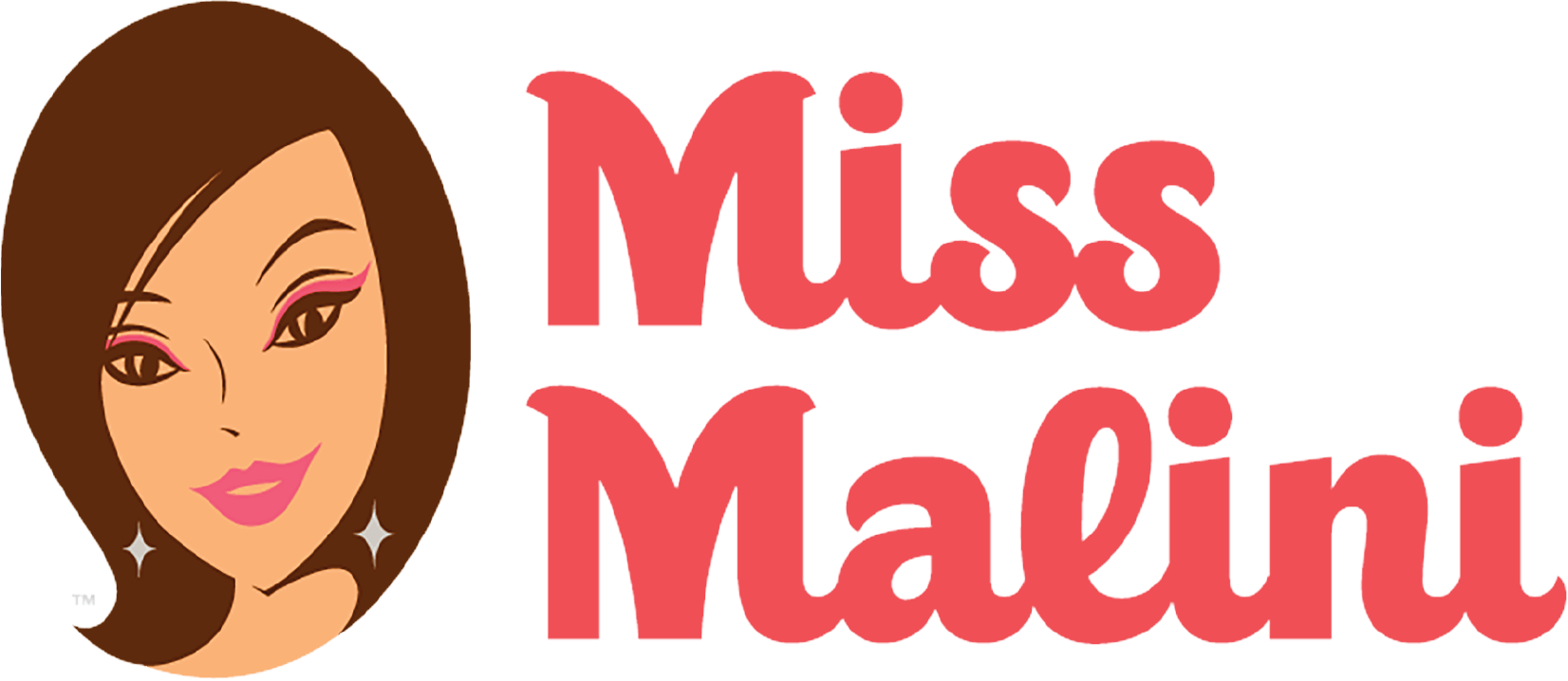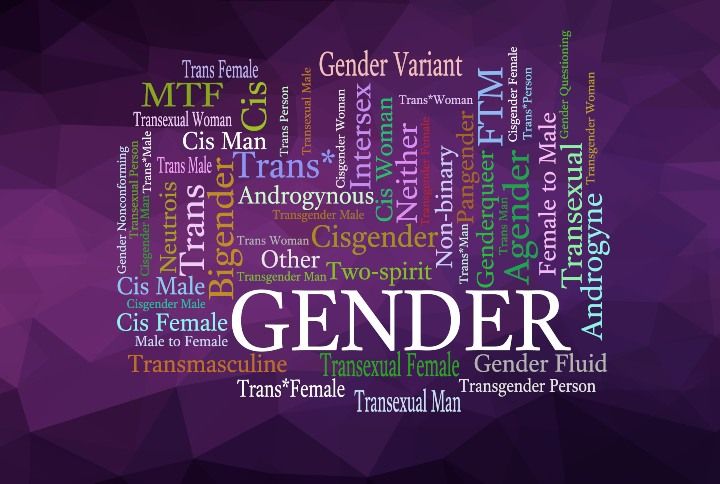As a Pride ally, it has been empowering to see an increase in awareness of the LGBTQIA+ community, especially during the Pride month earlier this year. Seeing the love and acceptance towards the community, gives us hope to encourage dialogue and foster collective learning and growth.
In that vein, earlier this week, we kicked-off Real Talk, a series of webinars on Malini’s Girl Tribe on Facebook. And our first talk in this series was on deconstructing gender and sexuality and understanding the difference between the two. So, we invited Sana Sathpathy, Student of Public Policy and Activist, who identifies as a cis-hetero woman in the asexual spectrum; and Durga Gawde, Sculptor, Educator, Activist and India’s first performing drag king, who identifies as genderfluid, non-binary and trans, to discuss the difference between gender and sexuality; two words that are used interchangeably in colloquial language. It was an eye-opening session and helped me understand the nuances of gender and sexuality spectrums better. Read on to know more about some of the interesting things I learnt through the panel discussion.
1. What is ‘Assigned Sex’?
Durga said,
Assigned sex is the biology you are born with. Gender identity is how you experience your own self in your body. Gender expression is how you express not on the inside but on the outside. Sexual orientation is what you are attracted to in another person. These four are very different things and are often misunderstood. They aren’t mutually exclusive, and all are on a spectrum.
Gender is assigned to you. When you are born, the doctor looks between your legs and says—you’re a girl. But I don’t identify as a woman, so it’s taken a really long time for me to figure it out. Assigned female at birth or AFAB means two things—gender is assigned, and that I have a womb.
2. What is the difference between gender and sex?
Sana said,
People use sex and gender as synonyms. Sex is the identity, the person derives on the basis of anatomical aspects like chromosomes, genitals and hormones. While one’s gender is derived from personal insights and internal experience. Genders and sex are both spectrums.
In my head, the spectrum is a big ball of wiggly wobbly mess. I see sexuality and gender spectrums to be a complicated Venn diagram or a flow chart with various cross-connections. But these spectrums are not new, and they are not linear.
There are multiple sexual identities, multiple romantic identities, and then there are exogenous factors like sex drive, inner sex and gender that bring further nuance to distinguish one identity from another. People may be a combination of various different identities. People may identify with different identities to different degrees.
3. How can we understand asexuality better?
Sana explained,
Talking about sexuality, even within the Asexual spectrum there are nuances. There are libidoist asexuals who have inner moderate to high sex drive, there are non-libidoist asexuals who have no sex drive, there are aromantic asexuals who experience no sexual or romantic attraction, there are sex-repulsed asexuals, asexuals who enjoy sex, and other identities. It’s super complex, and when I noticed these nuances within myself, I started reading about it more and more, and came to terms with my identity.
Speaking about her identity, Sana said,
I identify as hetero-romantic asexual who is fairly sex-neutral which means that I identify as a woman, who is romantically and aesthetically attracted to men, but sexually not really attracted to anyone. I have a fairly decent sex drive, which is completely independent of my feelings towards other people; most of the time I’m just happy to help myself, ha-ha. I’m comfortable engaging in sexual activity with others, but I don’t explicitly desire it, and I may not get the same stimulus from it as my partner might.
I have a weird analogy about it, I feel about sexual attraction or sexual partners the way I feel about bhindi or french fries. They aren’t particularly appetising, I can go long periods without eating french fries and it won’t matter to me, I won’t order them in a restaurant, but I’m not repulsed by french fries and they don’t negate my body’s natural propensity to be hungry or my appetite. If they are just there, I might eat it for various reasons…maybe I’m trying a new recipe for french fries, maybe I’m hungry and that’s the most accessible thing, maybe somebody I love made it for us and it’s a way for us to bond.
4. Why must we use the correct gender pronouns?
Durga, who prefers being addressed as ‘they/them’ said,
When people say ‘male’ or ‘female’ they are constantly referring to what’s between each other’s legs. In almost all languages, there’s a gender-neutral pronoun, but the context and use of it may not be affirming for someone like me. In English, there’s a singular ‘they/them’, it’s been there for a really long time, but people don’t use it as much. There’s a defined terminology—the binary area of gender. “These are the roles of male, these are the roles of female”. What if you don’t identify with these roles?
In terms of pronouns, people have a hard time empathising with the reason why. I wondered about why I felt so bad, when I was misgendered, so I decided to do an experiment. I carried a clicker around with me for a week, and I clicked it everytime someone called me ‘she’. Guess what, I was misgendered 250 times a day on average! While living your regular life, if you were referred by the wrong gender constantly, would you be able to work or feel like someone’s talking to you. It’s very simple, don’t address people in the way it’s convenient for you, address them the way they want to be addressed. Otherwise, you are talking at them, now to them.
5. What is the one change we need to initiate?
Sana voiced,
All these years, in the LGBTQIA+ community, the ones identified as ‘Assigned Male At Birth’ (AMAB) or people who present as Male, generally have more say in teh concerns of the community, because somehow people are more comfortable listening to male-identifying or male-presenting people. Conversations like the once we’re having right now, are helping create change. There’s an alternative, smaller set of people that are trying to drive the change, and I wish it was more mainstream.
To watch the whole webinar, click here. What would you like to understand about gender and sexuality? Please share it with us in the comments below!
Join Malini’s Girl Tribe on Facebook to be a part of more such conversations!

